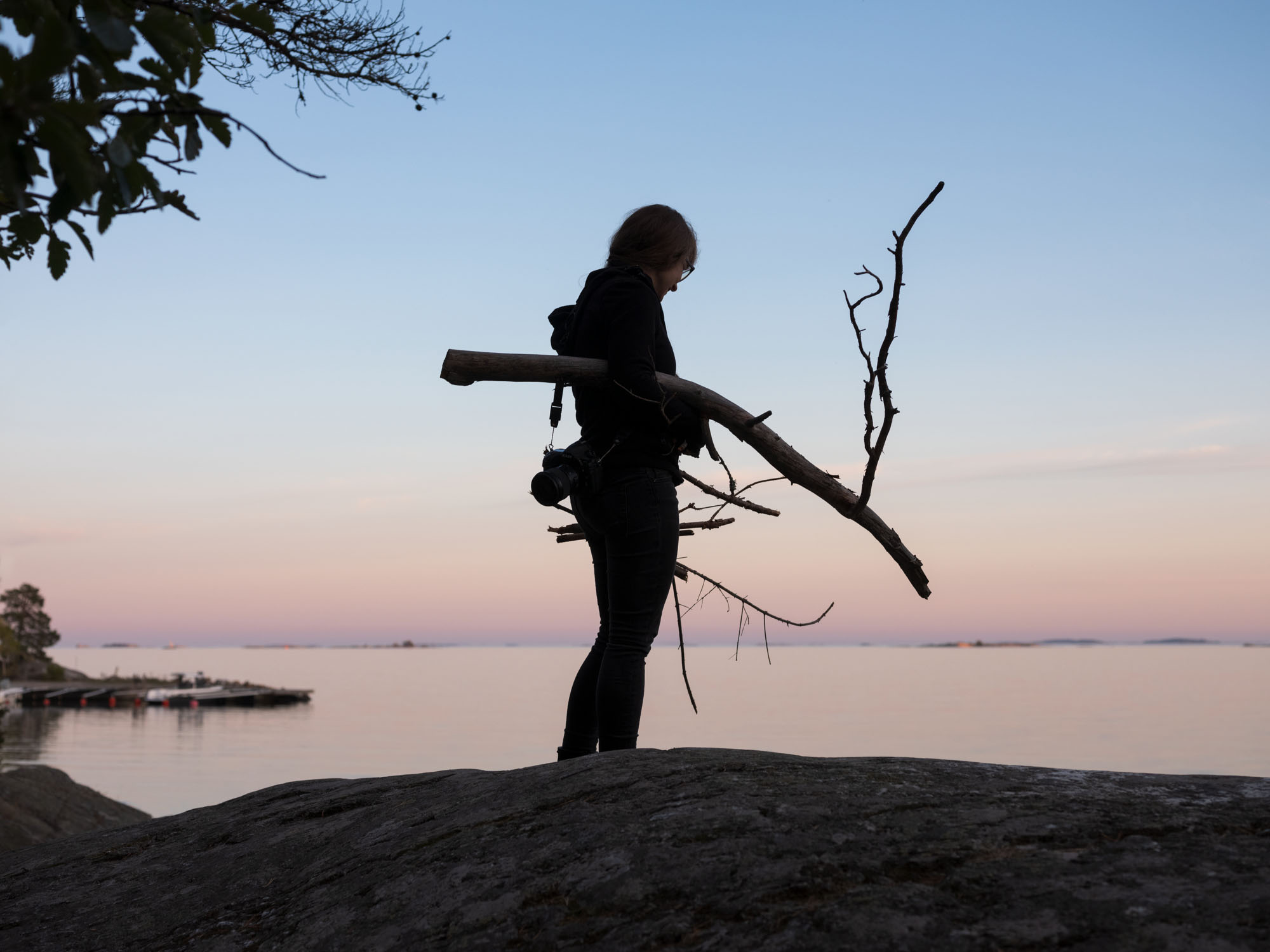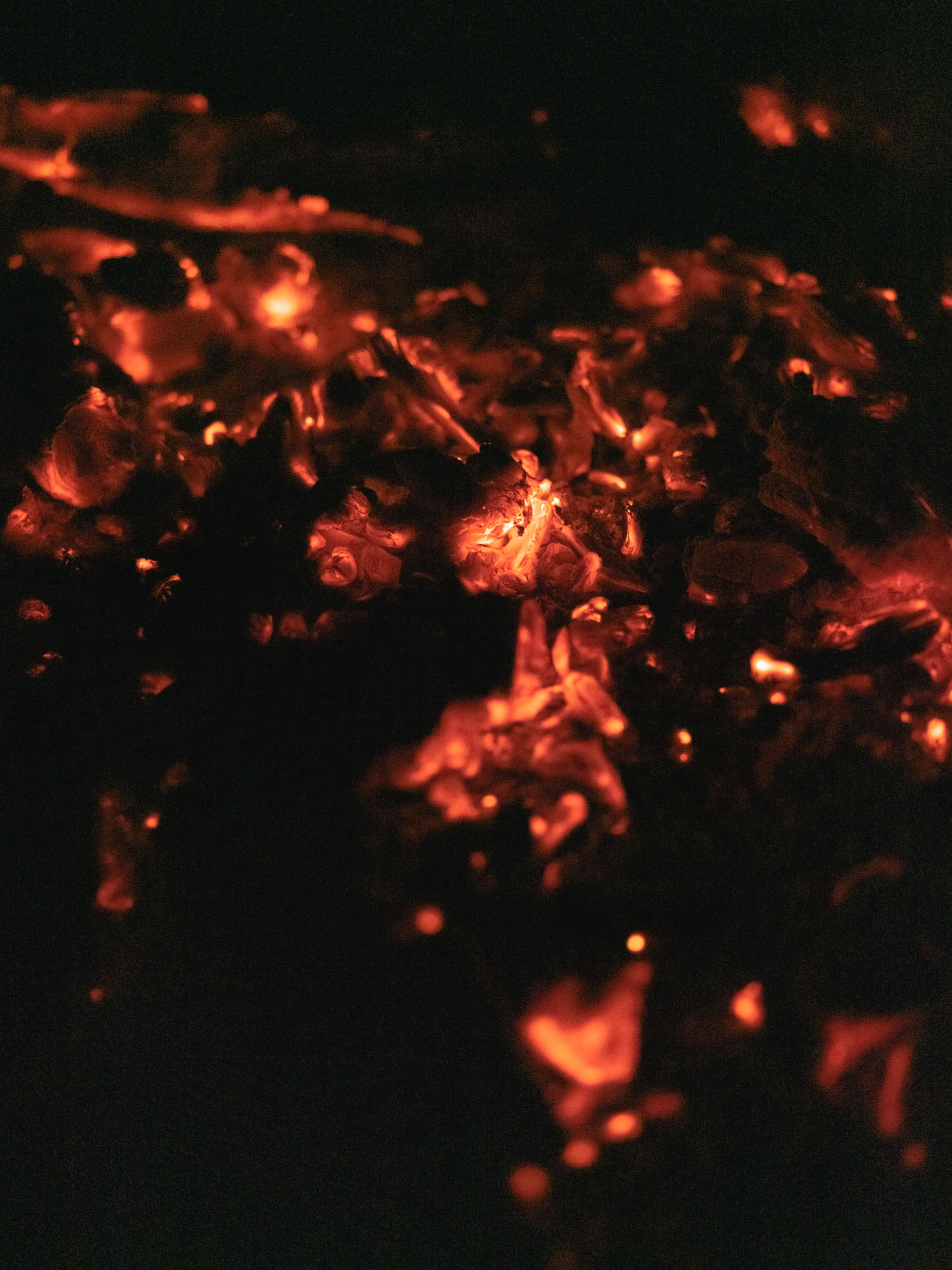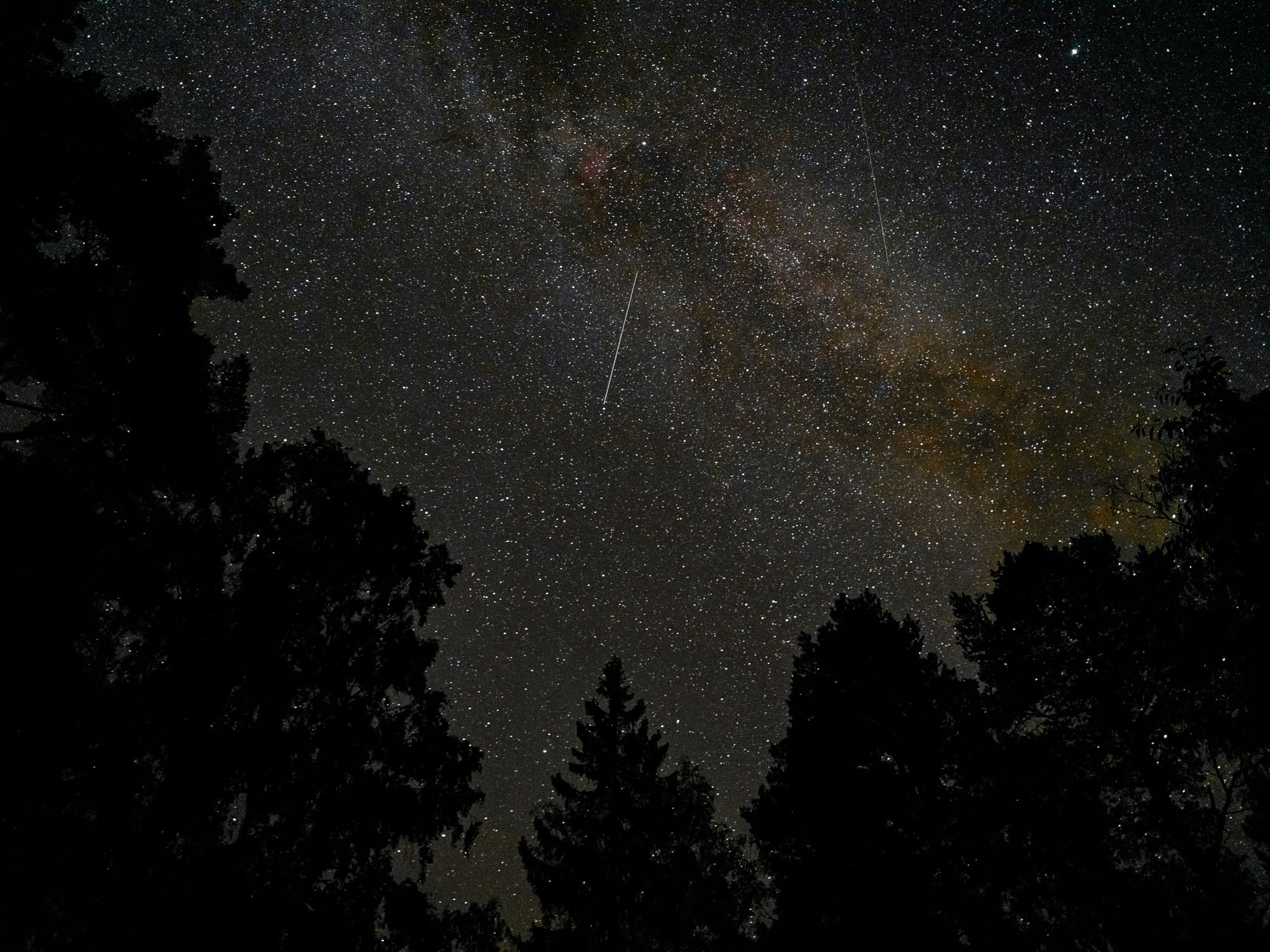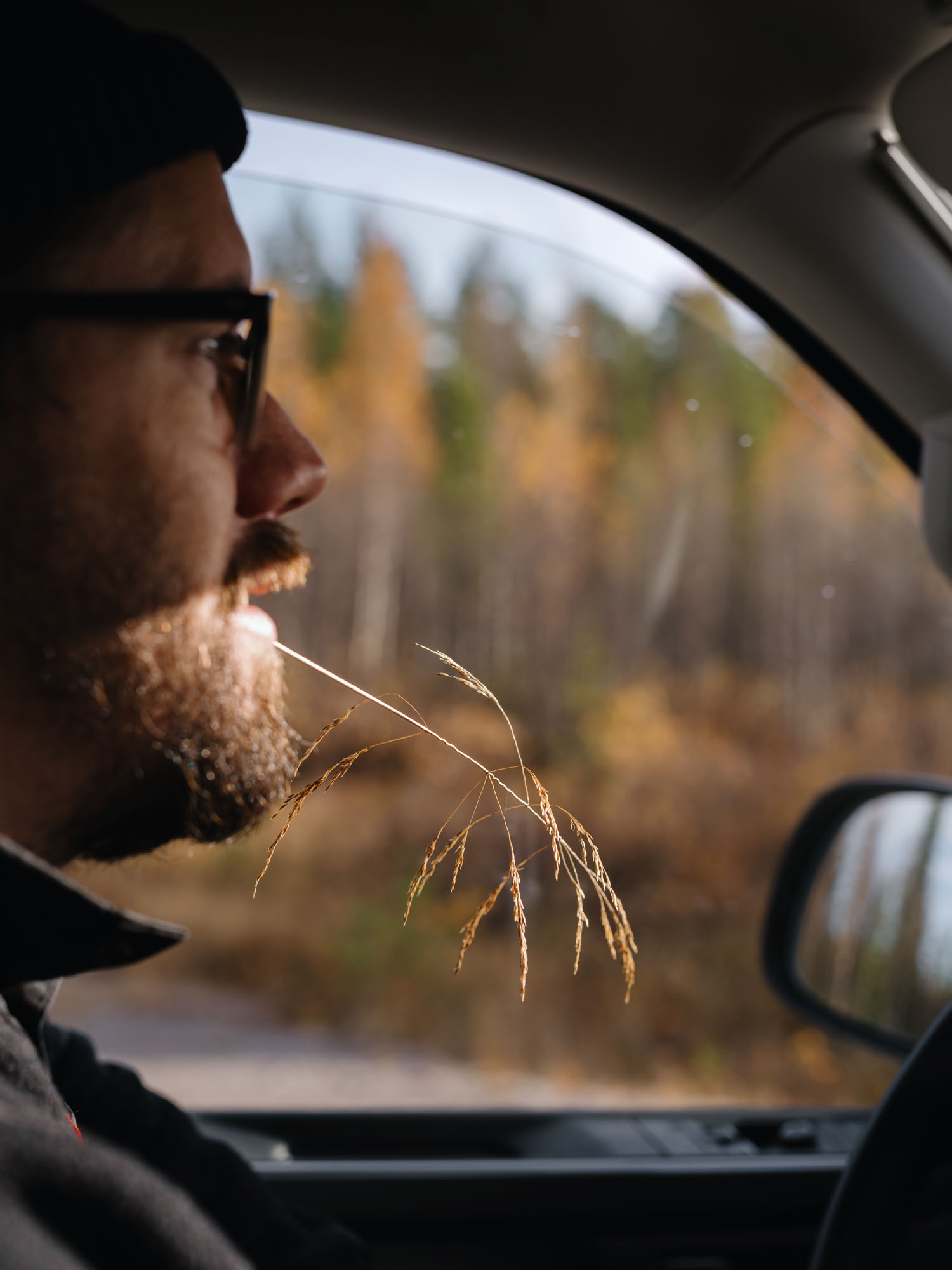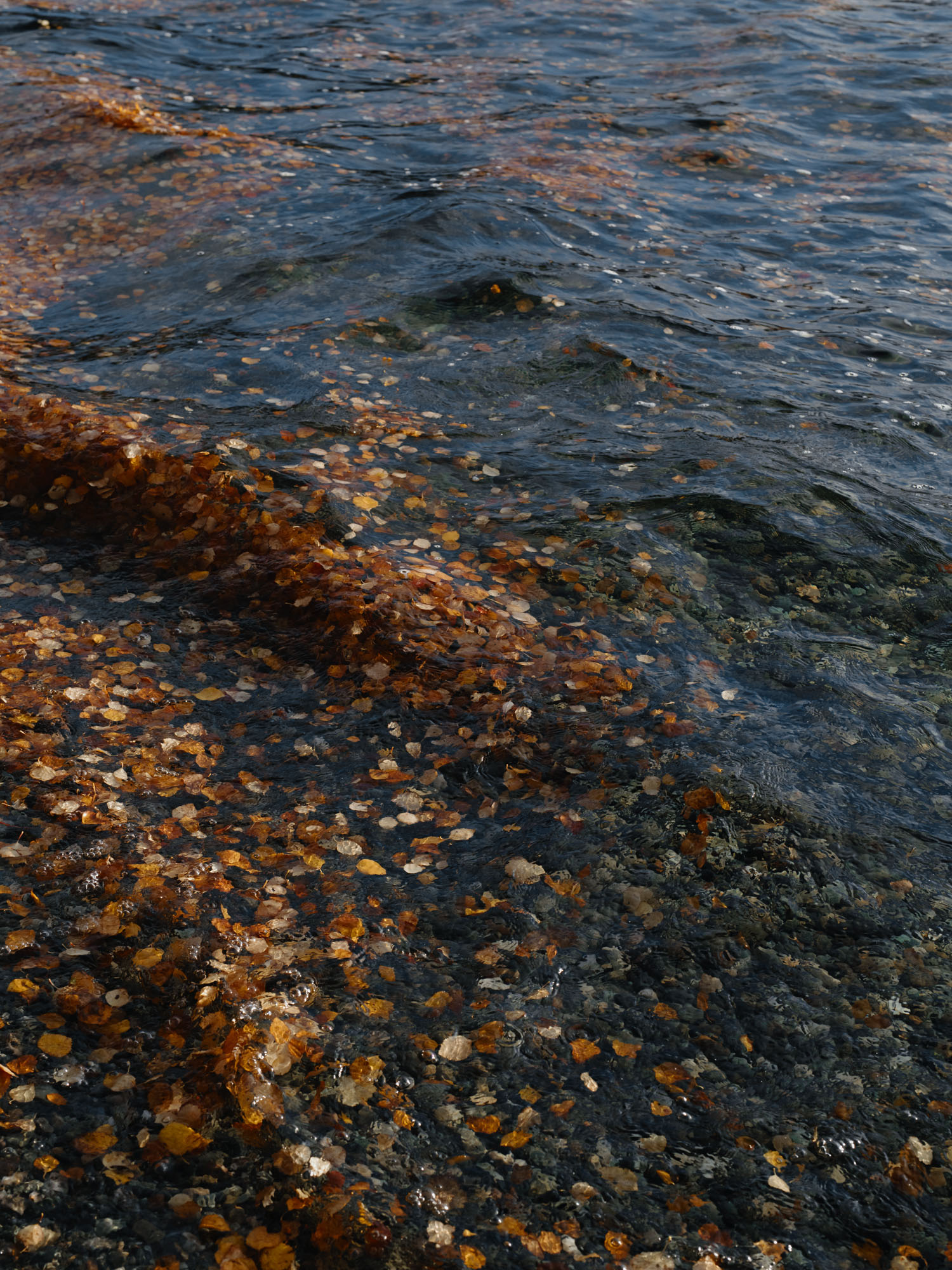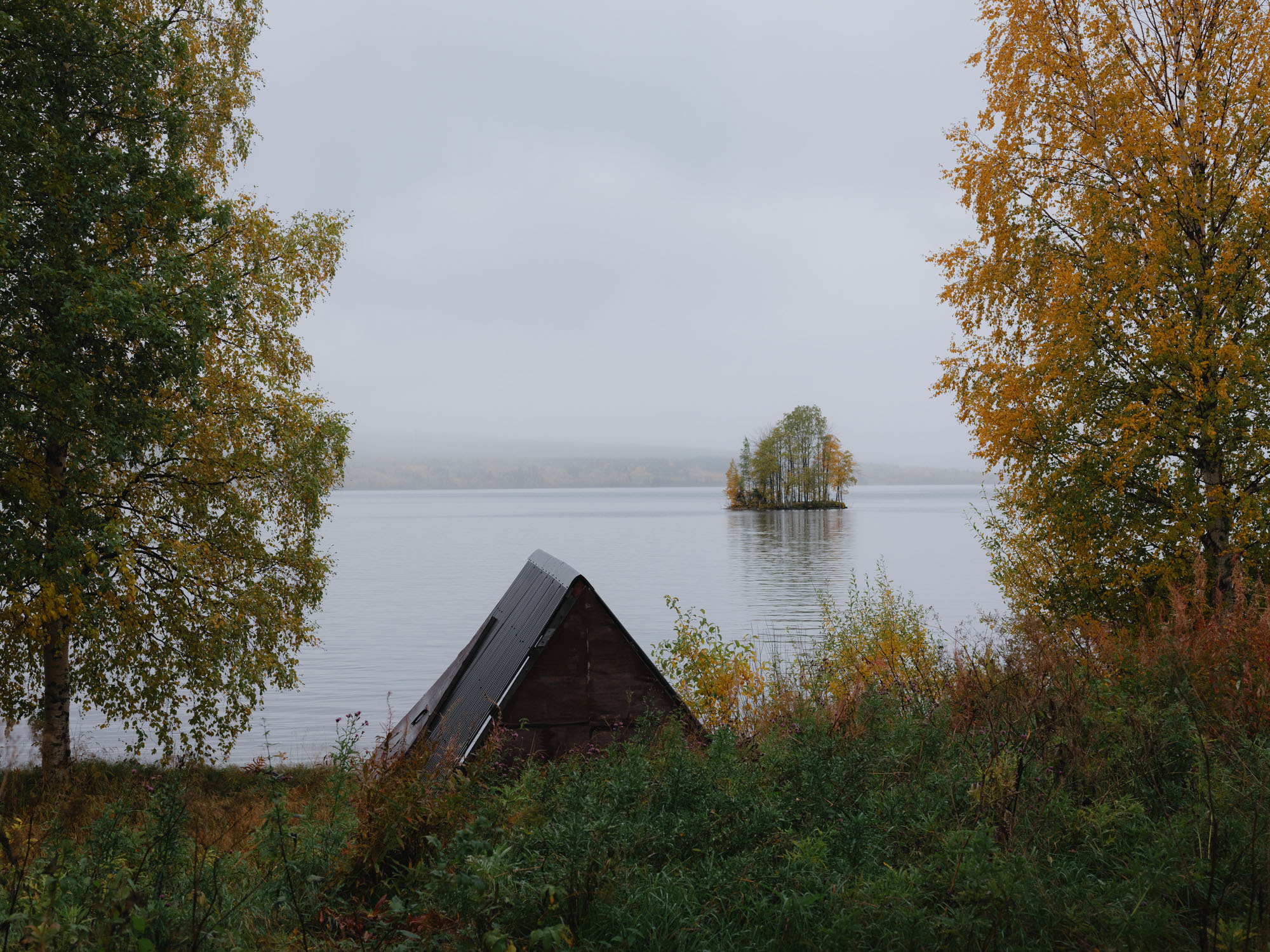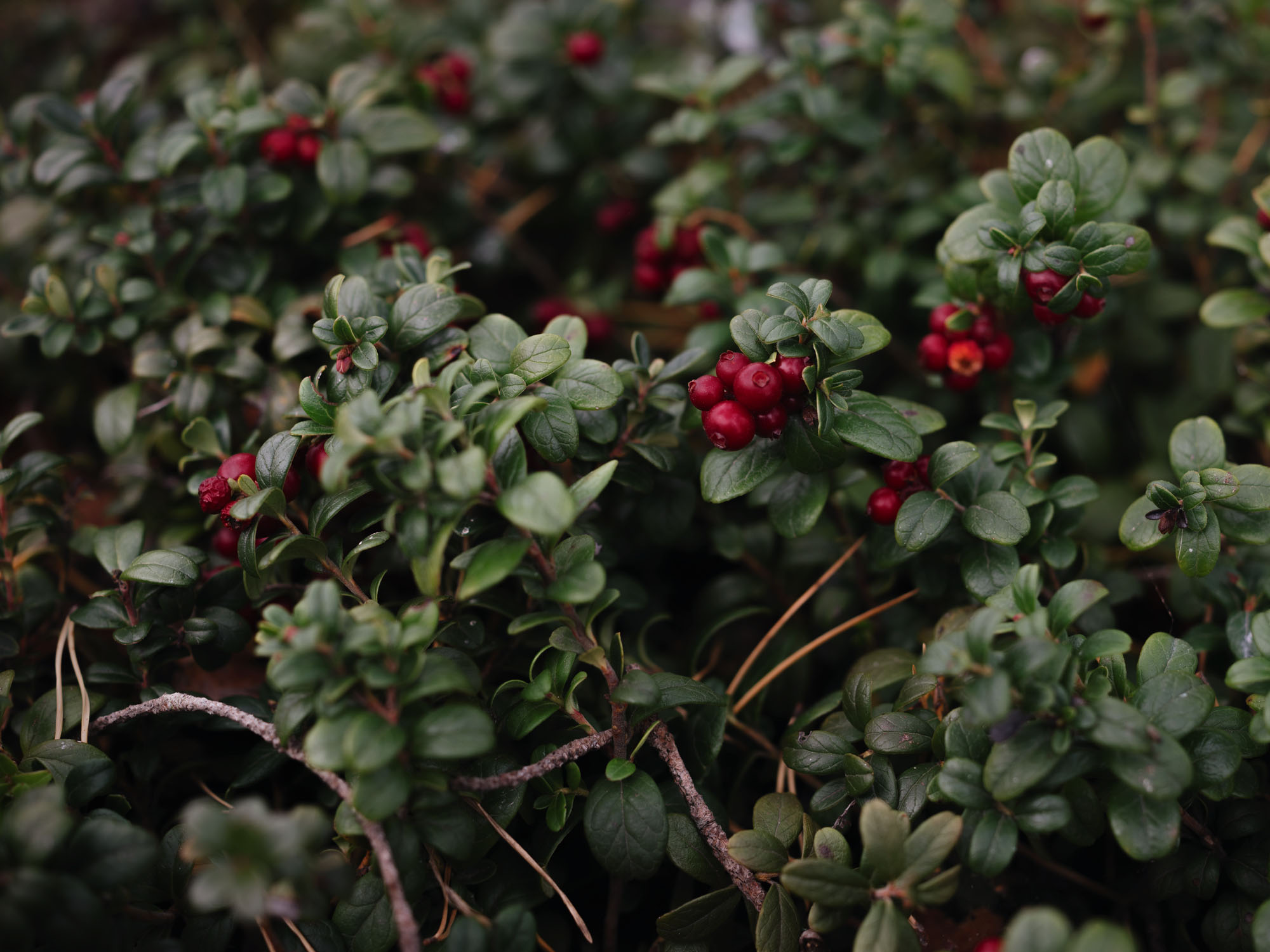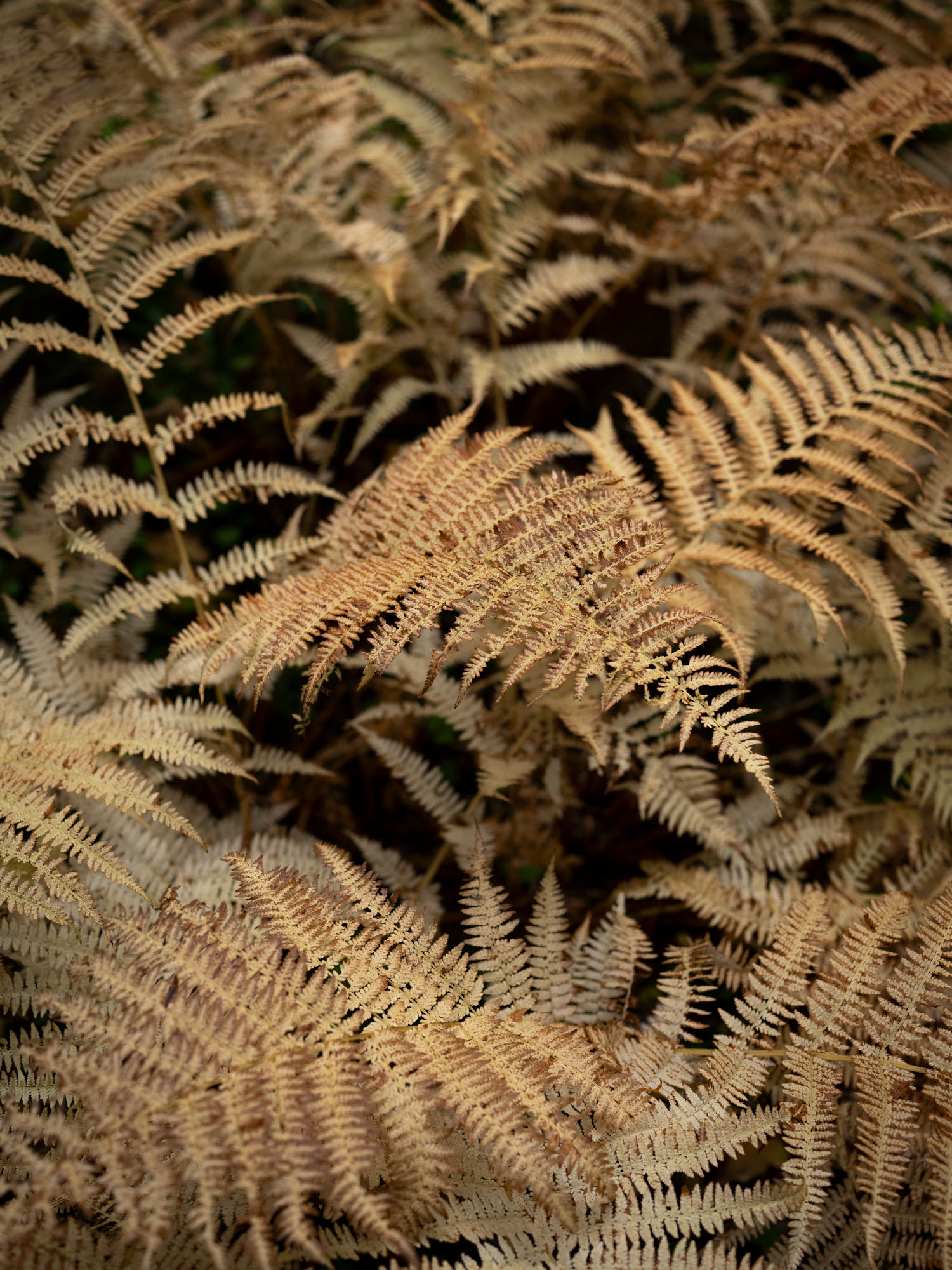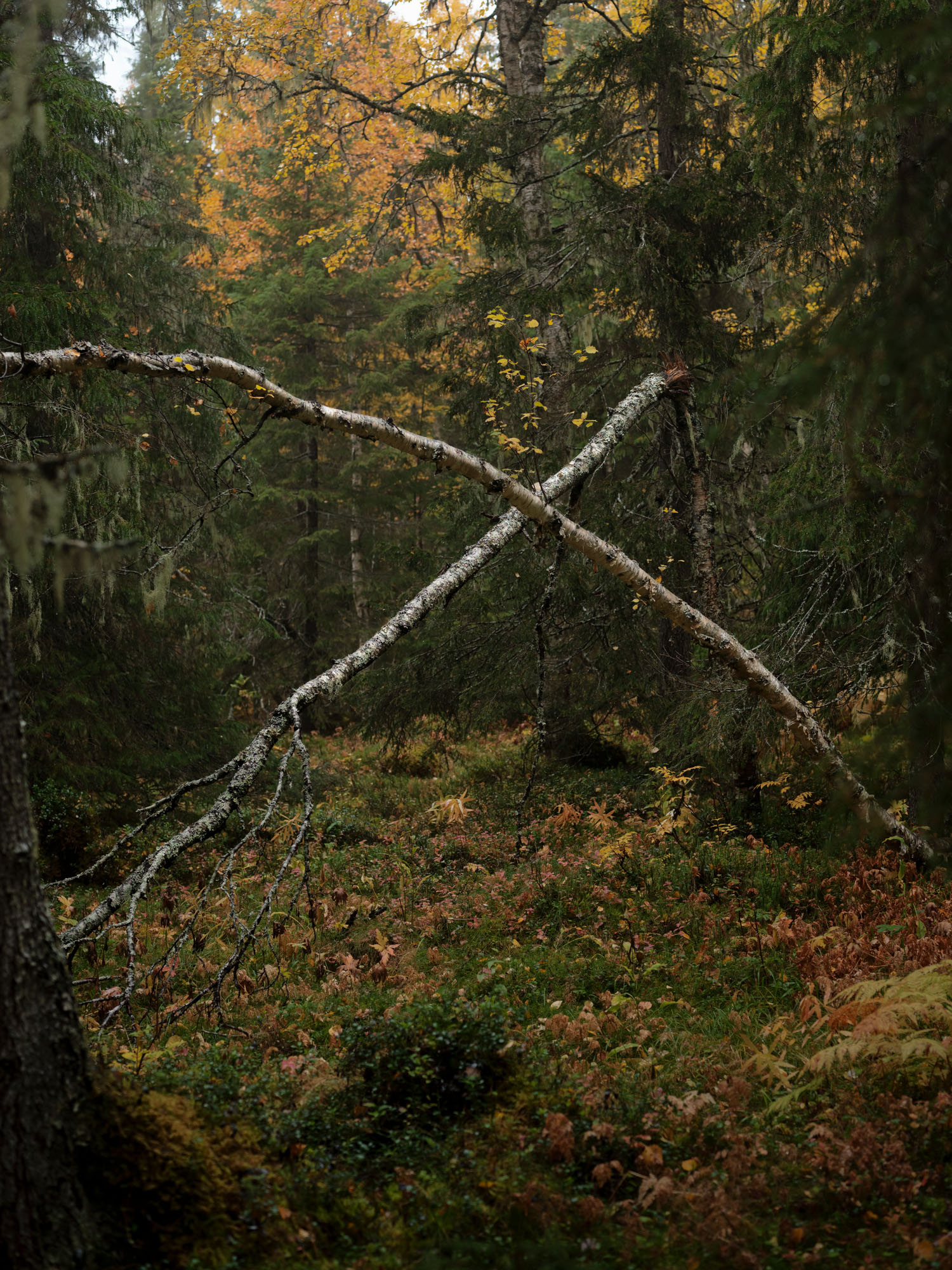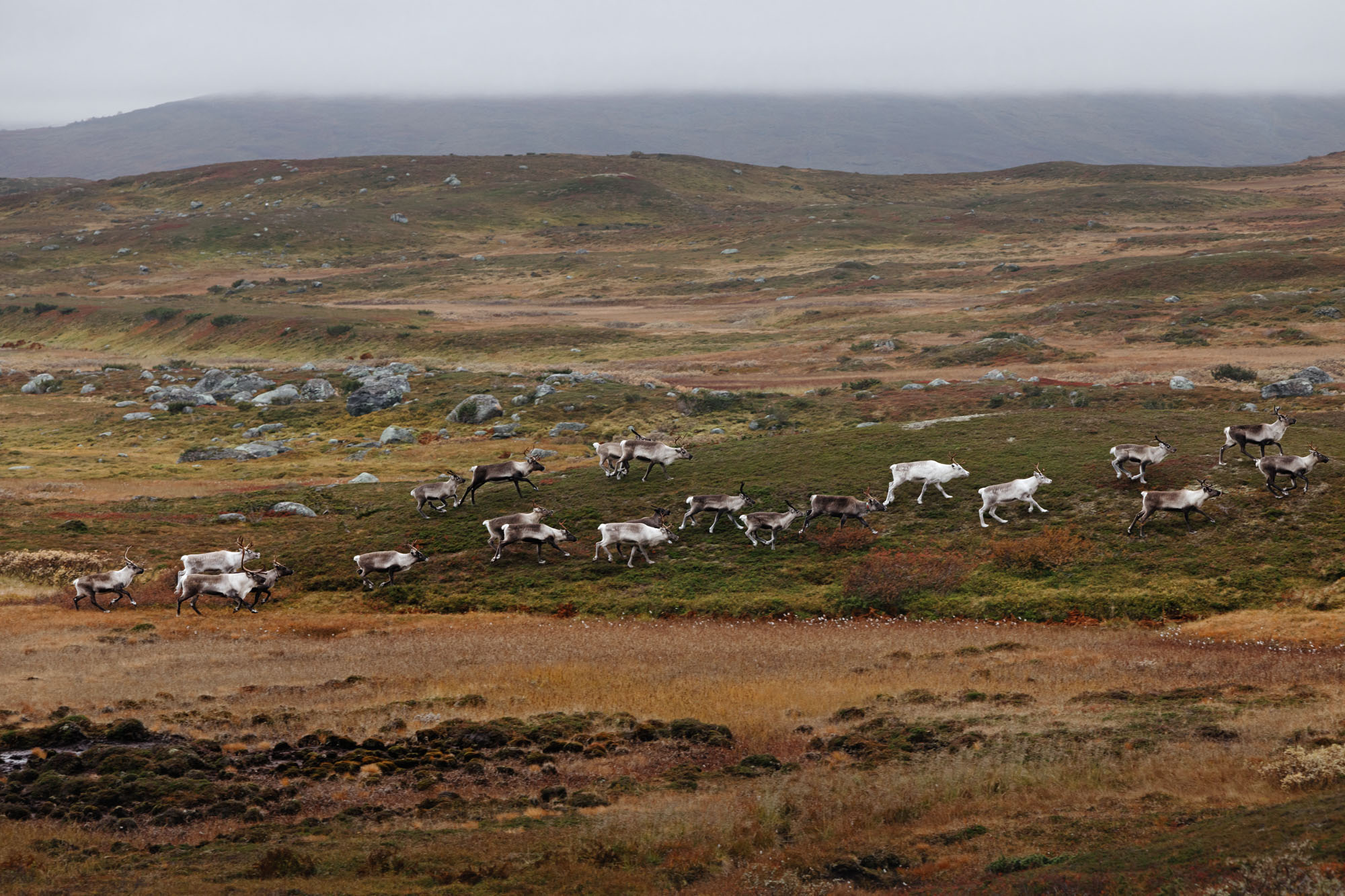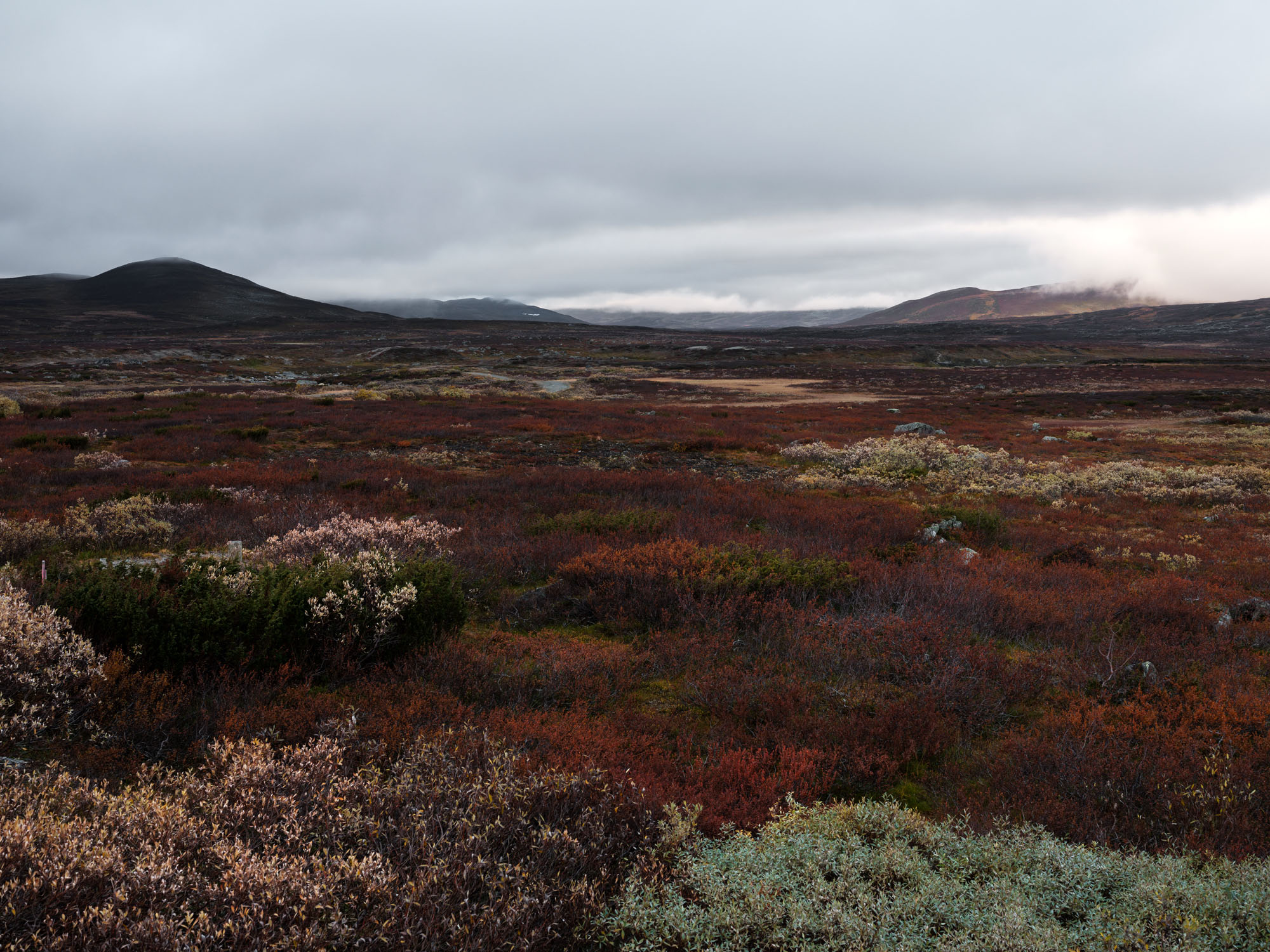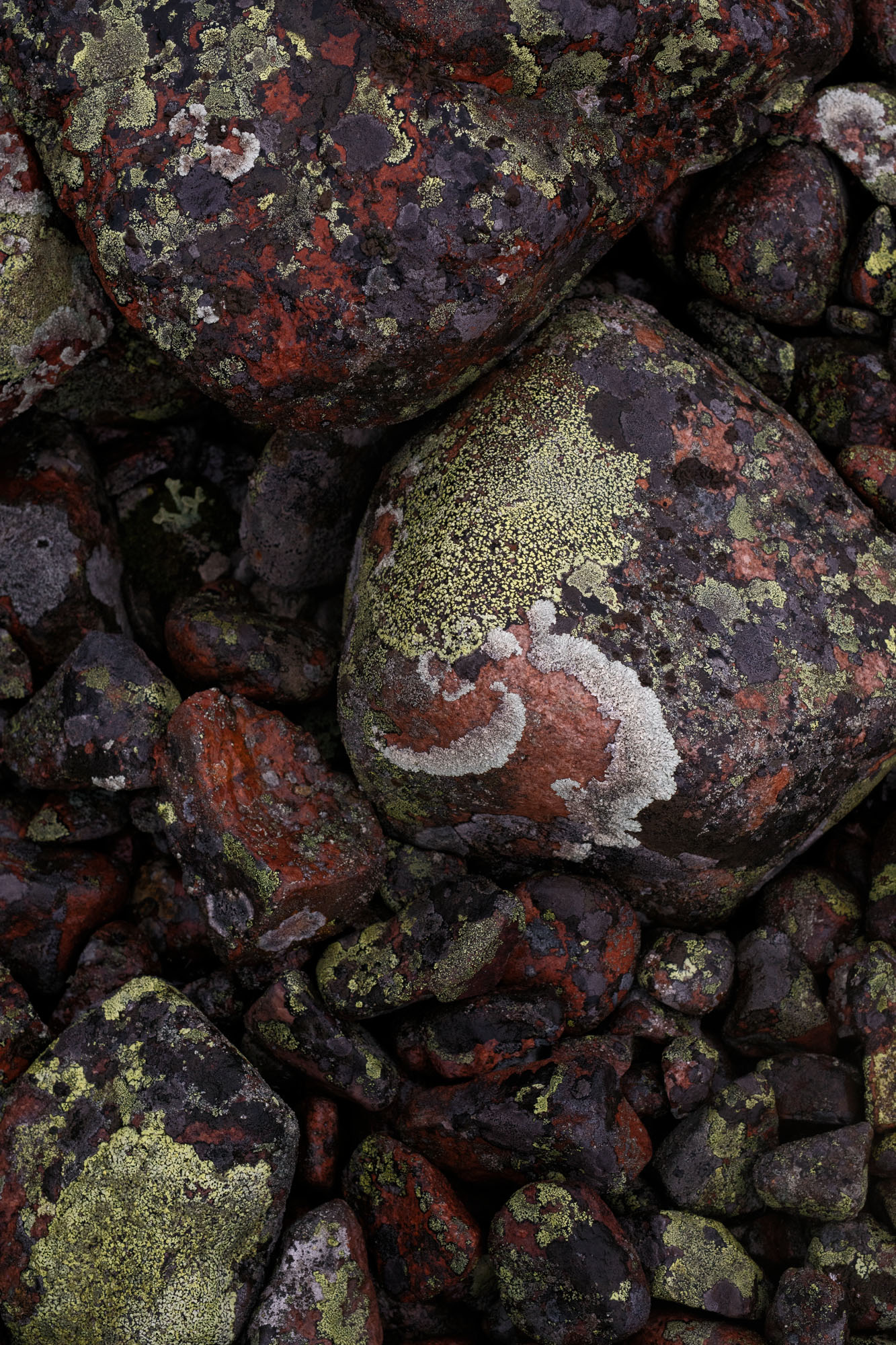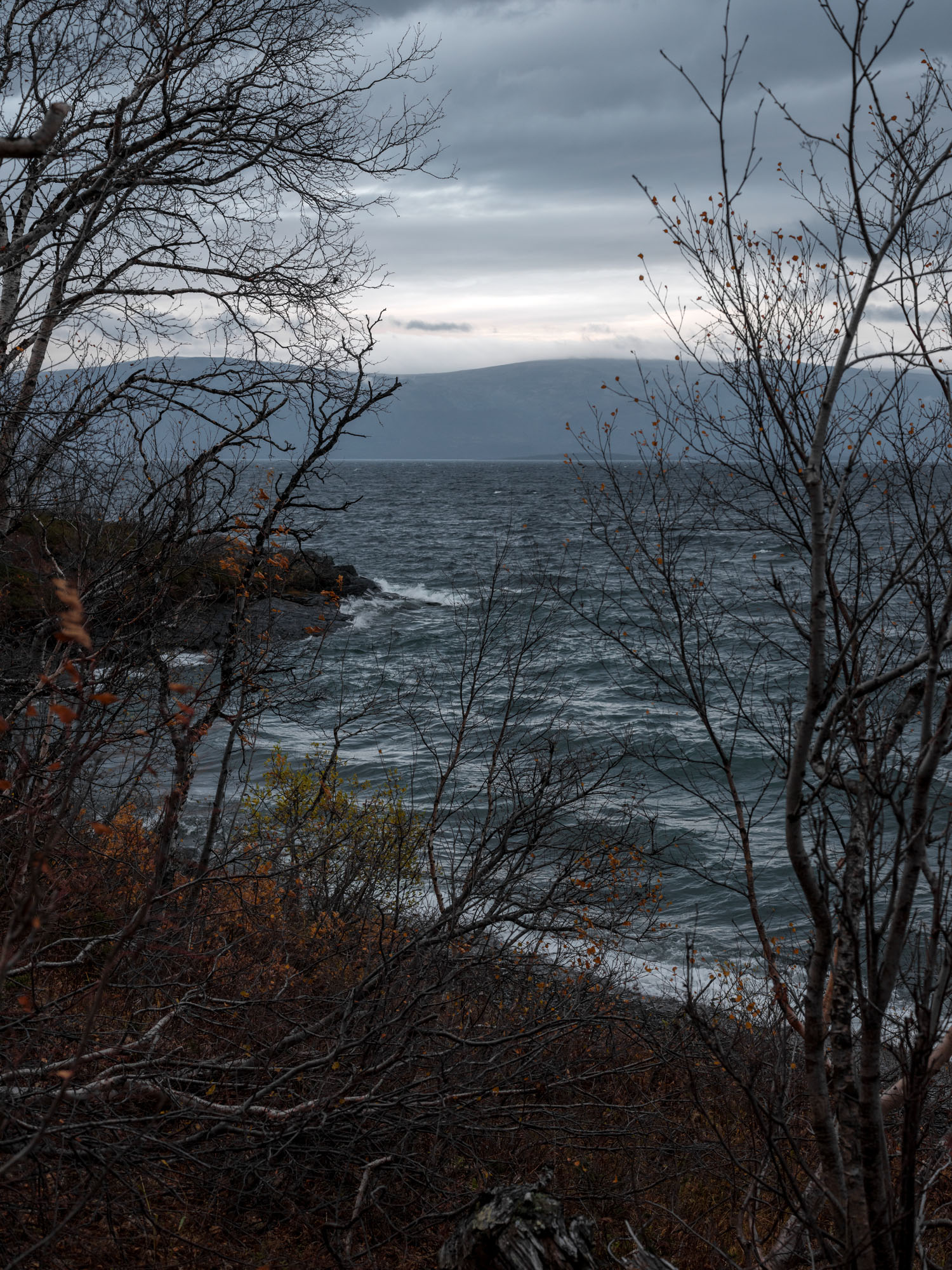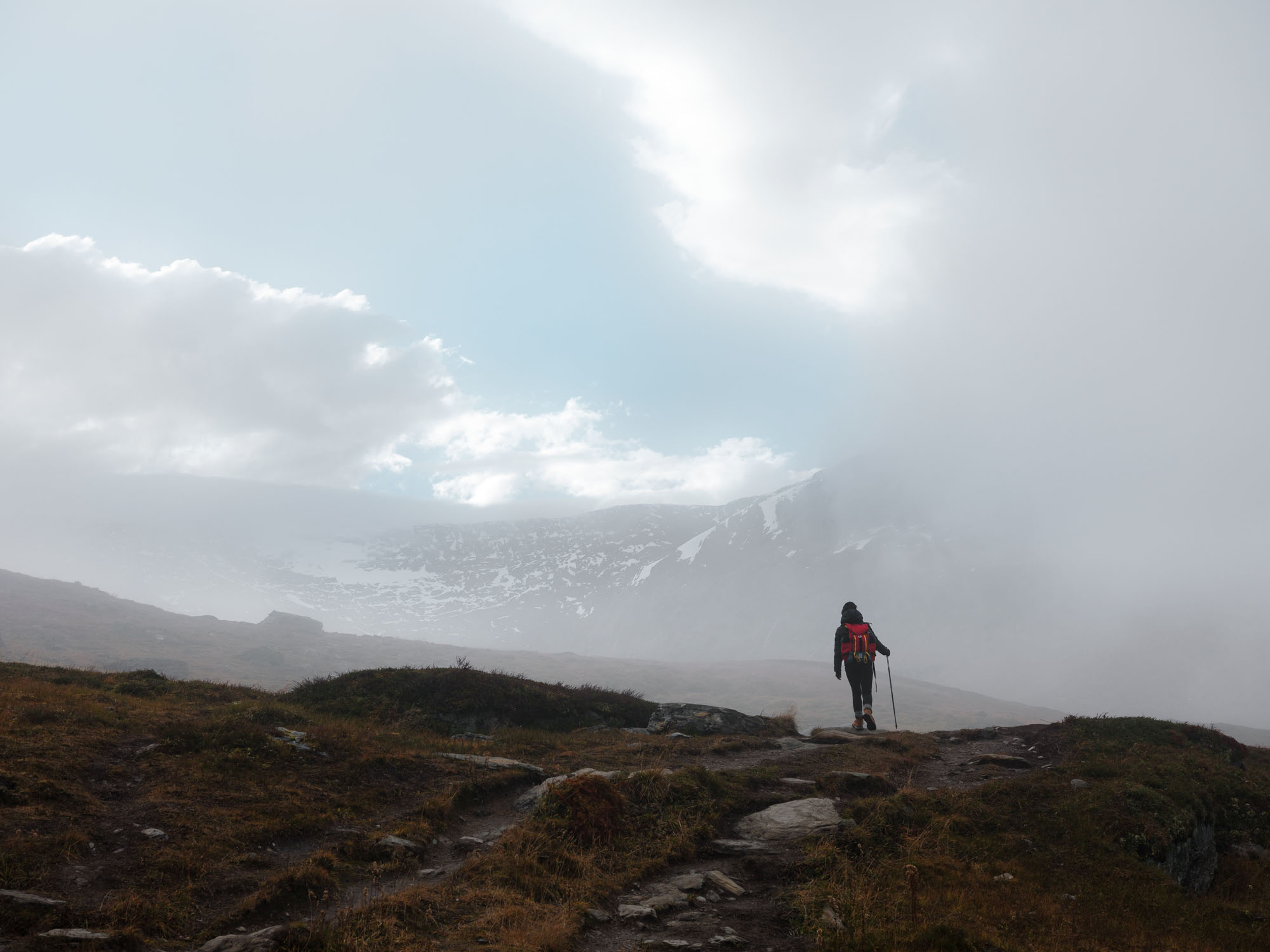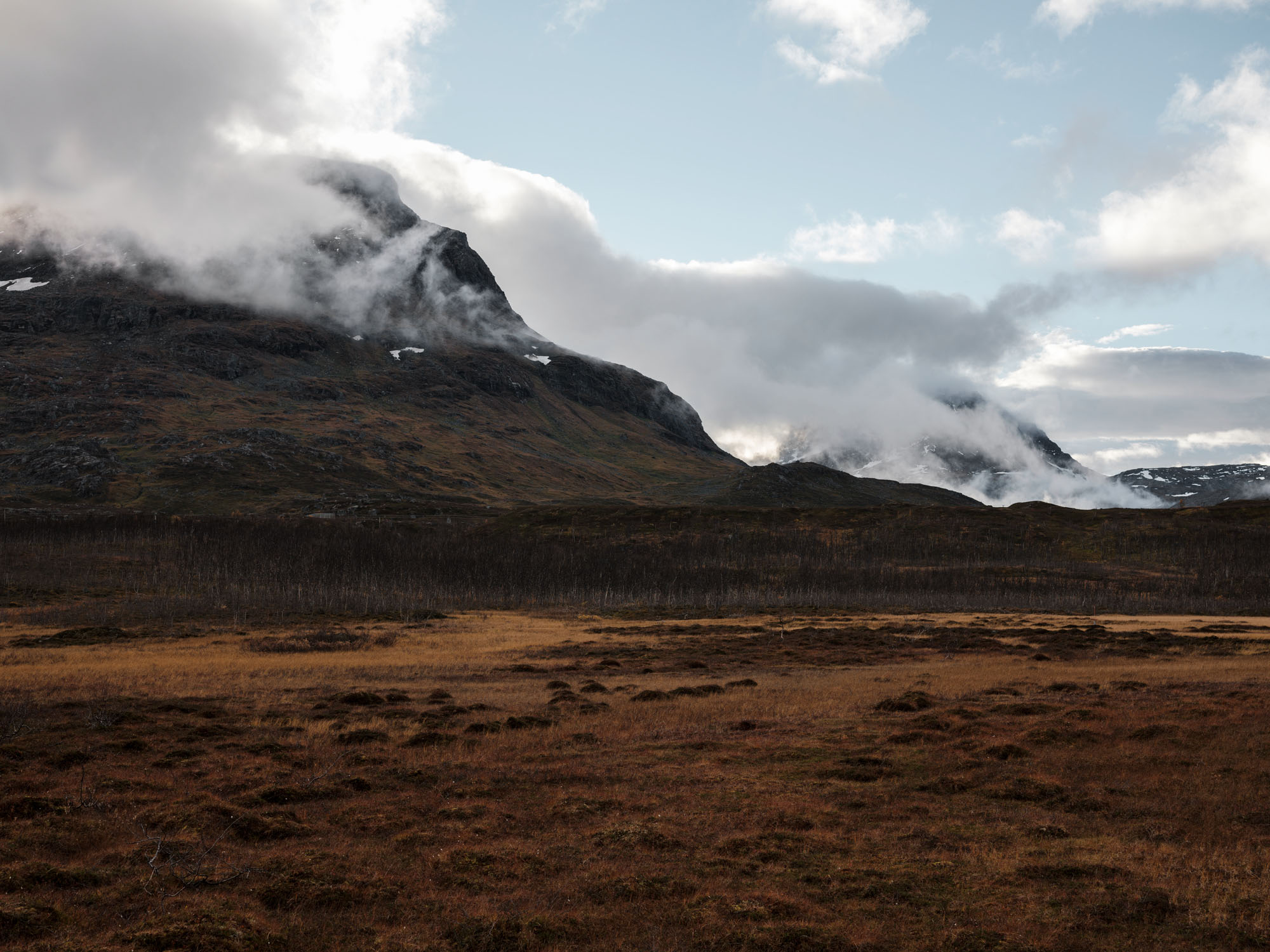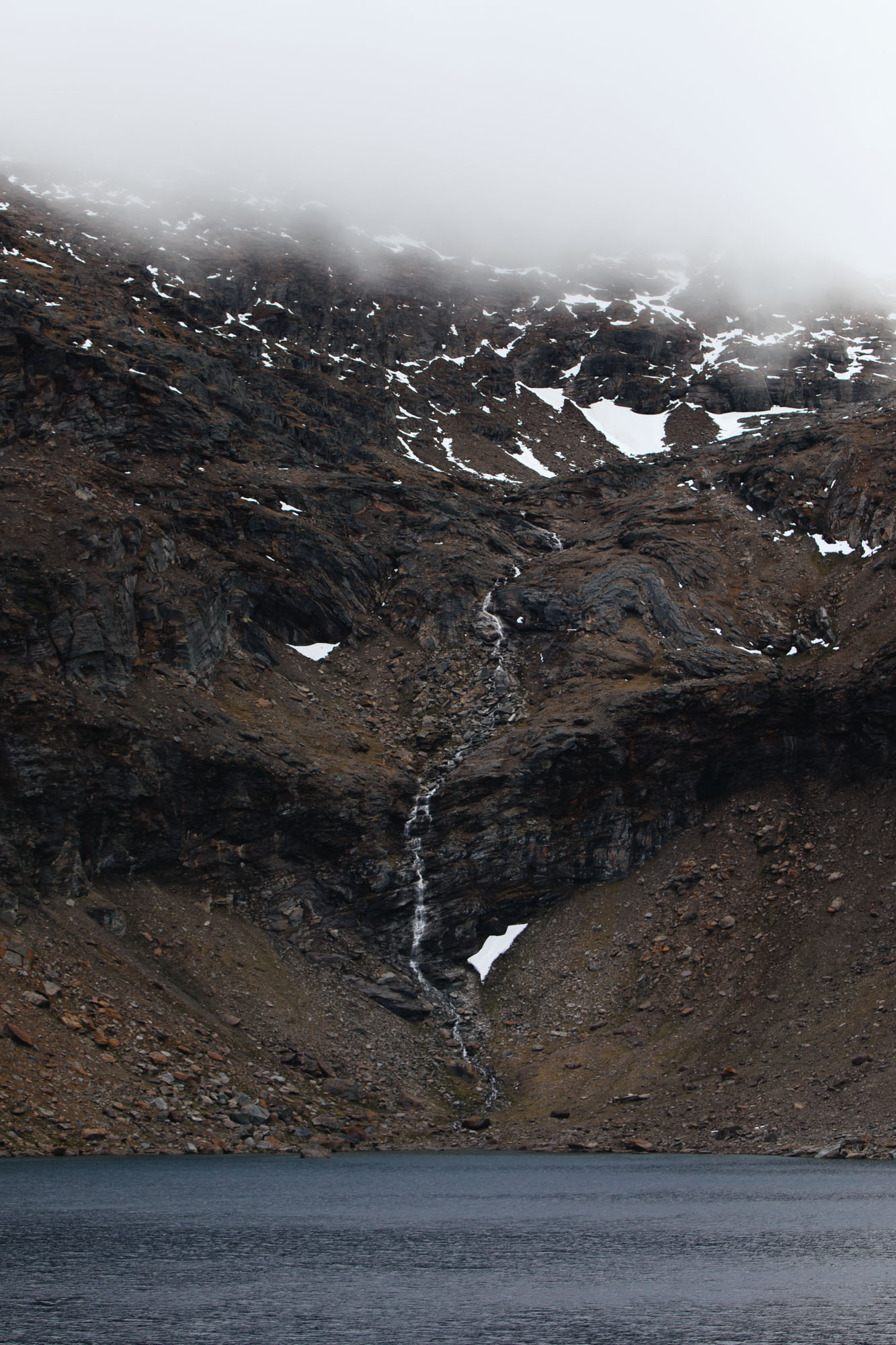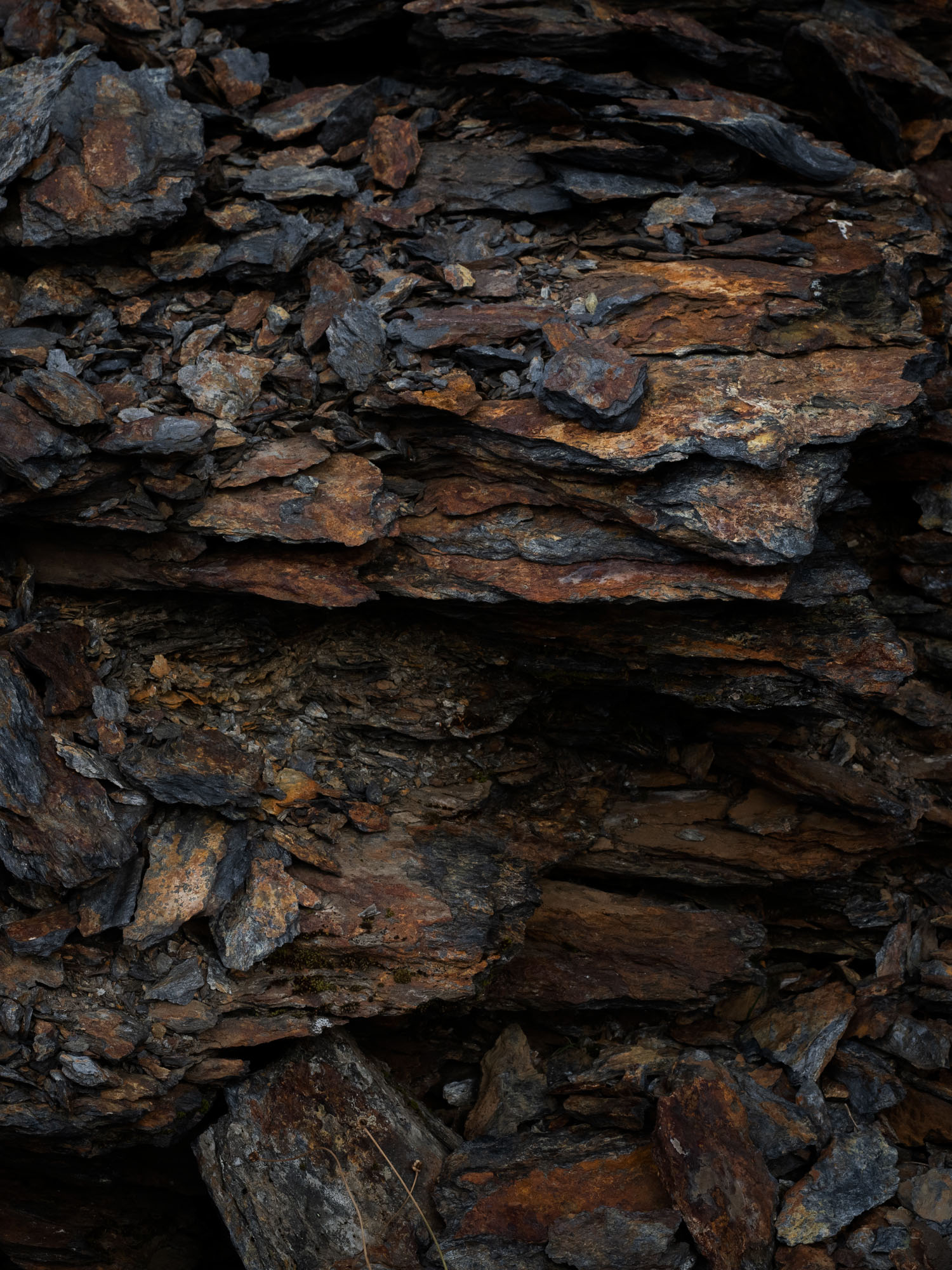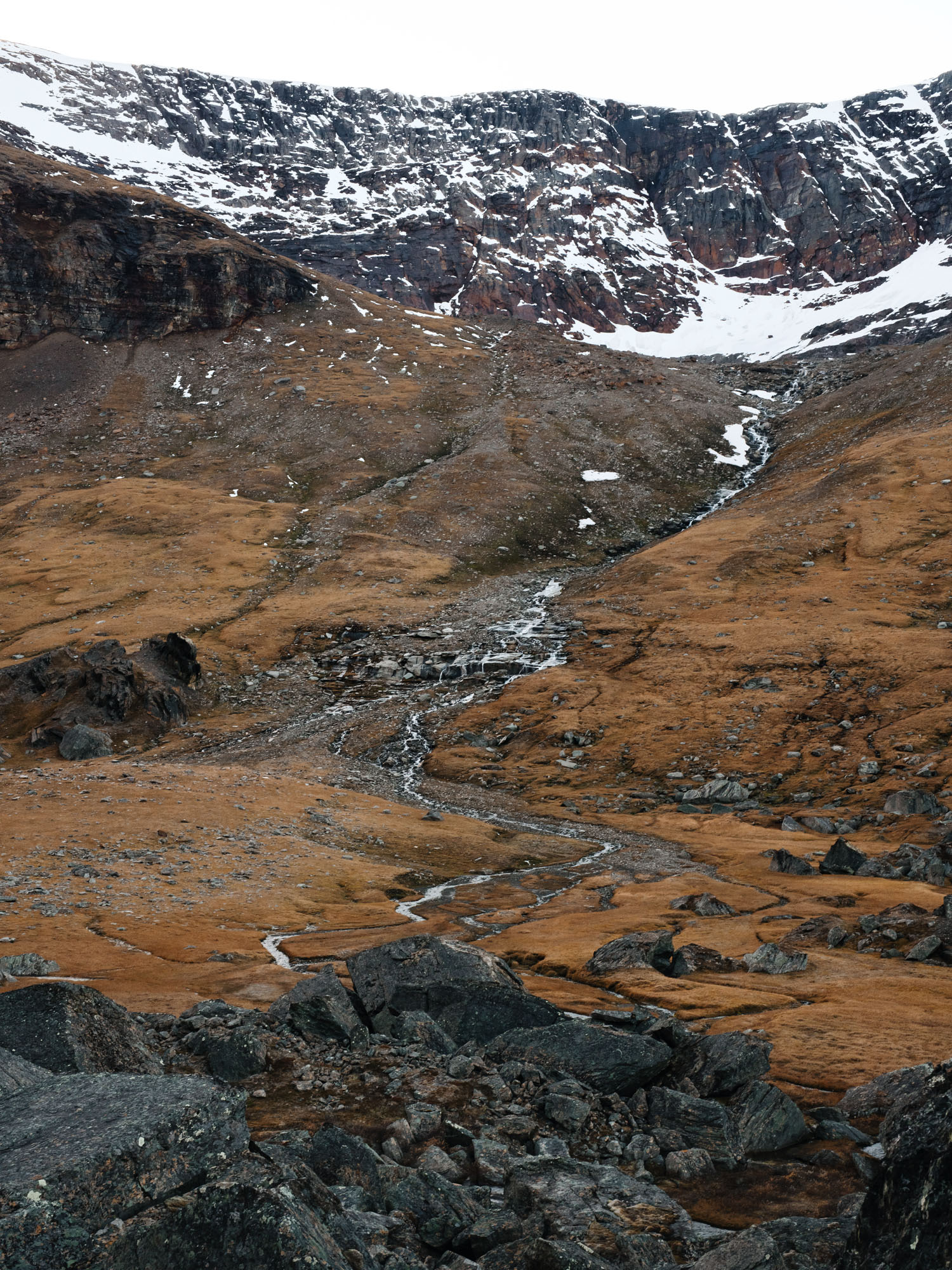We are a part of nature. Listen to that sound: We are nature. I am nature. How does it feel? Exciting? Odd? Unfamiliar? Or maybe: Beautiful?
In the last centuries humanity has more and more sealed itself off from forests and oceans, from deserts and mountains. Built its own landscapes with concrete, glass and steel instead – and thus lost its connection, its unity with the natural world. Simultaneously many of us seem to lose their happiness, connectedness and inner peace.
Nature lives inside us, as we are supposed to live inside it. And whenever we allow it, we can reconnect, hear the sounds and feel the rhythms. Four weeks we fell off the grid and found our own version of „Friluftsliv“ between forests and a thousand lakes in Sweden.
„Friluftsliv“ consists of the words free, air and life, with free being the most crucial. As we link „free“ with notions such as wide, open and without limits or barriers, we need to apply these not only to outer landscapes, but to our senses and our inner spaces, our mind.
What is it, that makes a campfire so soothing, so „enough“? How can just sitting there, watching it burn, seemingly have the power to touch everyone alike, bring peace in an almost spiritual way? And as fascinating this unifying quality alone is, it is even more intriguing that urban people from this day and age, endlessly on the lookout for new satisfaction, don’t get bored by a fire simply burning.
In Sweden everything will be explained, from the mystery of the fire to my love for asymmetries. The encryption key? A little biology and a simple truth: We are nature.
Hans Gelter, scientist at the technical university in Luleå, who I had the pleasure to meet a few years ago on another trip to Swedish Lapland, did research on the philosophy behind „Friluftsliv“ and he is explaining one simple fact: In nature nothing is straight or uniform, flat or consistent.
It is late September and the Swedish landscape has turned into a colourful feast for the senses. While the myriad of coniferes stays dark green, the birches, beeches and elm trees display every shade of yellow, orange and red imaginable. Birch leaves are covering the surface of tiny waves at the lakeshores and whirl through the air in the first chill autumn winds. Sea fog creeps up from the Bothnian Sea, a misty haze gently touching our faces.
For long stretches we are following a single road through this vast country. Most days our navigation system will tell us something like „go straight for 48km!“, which allows for long hours of free flowing thoughts and observation.
Nevertheless it is off the road, where the real Friluftsliv awaits; where not only the visual sense is stimulated with new sights, but even those senses, that we are rather seldom truly aware of: Sounds of hammering woodpeckers and fighting wood grouses new to our ears, while hiking a part of the „Kustleden“ suddenly the „smell of wet animals“ lies in the air… the mossy ground beneath our feet feels soft and cushion like and surprises us in shades of purple, green and white. The incredible sweetness of blueberries, freshly picked from an abundance of shrubs to both sides of the trail. And as our hike leads us through some rocky terrain, our tactile sense is activated, as we hold on to cold stones and wet tree trunks, balancing on slippery crags – an unusual task for rusty urban ankles and feet.
We are following the „Vildmarksvägen“, a route that almost touches the Norwegian border and includes the highest road in Sweden, the „Stekenjokk Pass“. Slowely the misty forests begin to disappear and a fjell like scenery lies to both sides of the road. Hilly planes stretch as far as the horizon. In the distance we spot the distinctive red wooden crosses, marking another one of countless hiking paths crossing the land.
A reindeer herd is silenty grazing in the distance; a smooth mountainscape lies under a softly clouded sky, while golden sunbeams fall onto the scenery. It is almost unbearable in its beauty and undeniably nativeness. Although I am excited, my heartrate slows down. Carefully we walk into the scrubs and boggy meadows. The gurgling of a tiny stream captures my attention, and I see the movement of the clouds mirrored in it. An unrelenting wind is bending the cotton grass and biting my cheeks. And as my feet sink in with every step, I’m harmonising with my surroundings, my mind finally gets fully absorbed by the landscape. Time stops to exist and I feel a deep inner peace arise.
We will collect many more of these moments and store them in our minds. We’ll see Samí paintings on hydro power plants, requesting the spirits’ protection for the exploited land; we will stand against forceful winds, creating waves that turn a lake into an ocean; we will hike to Trollsjön (Rissájávri in Northern Samí), greeted by brisk clear air and a first winter chill, by deep hanging clouds and relentless winds; by the vastness of the Kärkevagge, that only expands each time we reach a ridge. And on our way back by the sudden golden light of the sun as the view opens before our eyes as far as the snowcaps of the Norwegian mountains.

